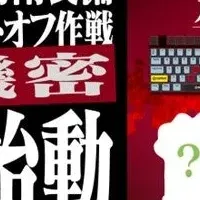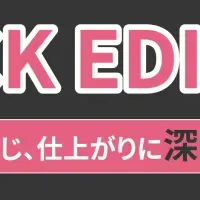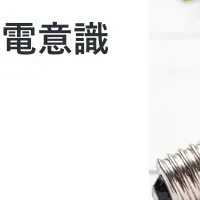
Forecast of the Airbag Textile Market Growth to $1.5 Billion by 2029
Forecast of the Airbag Textile Market Growth to $1.5 Billion by 2029
The airbag textile market, an integral component of automotive safety, is expected to experience remarkable growth, projected to reach USD 1.5 billion by 2029. The market's resurgence is primarily fueled by rising concerns regarding vehicle safety and the implementation of stringent regulatory standards aimed at protecting occupants.
Market Segmentation and Dynamics
The market is segmented into various types of fabrics, notably flat airbag fabric and one-piece woven (OPW) airbag fabric, as well as applications including front airbags and side airbags. As of 2022, the global airbag textile market generated revenue of USD 910.2 million, with an anticipated compound annual growth rate (CAGR) of 7.3% during the forecast period from 2023 to 2029.
Drivers of Market Growth
Several factors are driving the expansion of the airbag textile market:
1. Growing Demand for Vehicle Safety: With rising consumer awareness and preference for enhanced safety features in vehicles, automakers are prioritizing the research and development of textiles that are strong yet lightweight, thereby improving occupant protection.
2. Technological Innovations: Suppliers are perpetually innovating in weaving techniques, coatings, and fiber compositions to ensure that airbag fabrics can withstand the rigors of deployment, reinforcing their market position.
3. Regulatory Pressures: Governments around the globe have established rigorous crashworthiness standards requiring manufacturers to adopt reliable airbag textiles, driving demand.
4. Increased Production of Vehicles: A consistent rise in global automobile production, especially in regions like Asia-Pacific and North America, underscores the necessity for high-quality airbag textiles, making it a key growth driver.
Key Trends Shaping the Future
Advances in Airbag Fabrics
- - Flat Airbag Fabric: Designed for stability under high-pressure conditions, this type of fabric eliminates seam-related vulnerabilities, thus enhancing reliability. Automakers favor this fabric for its consistency, aiding in ballooning efficiency and inflator compatibility.
- - One-Piece Woven Airbag Fabric: This innovative fabric is produced in a single weaving process, reducing manufacturing time while eliminating stitched seams. This design enhances strength and uniformity; both crucial for meeting modern safety standards.
Application-Specific Insights
- - Front Airbags: As one of the most common applications in passenger vehicles, front airbags protect the driver and front-seat occupants during impacts. The growing necessity for more sophisticated inflation systems enhances the demand for specialized airbag textiles.
- - Safety Regulations: Continuous refinement of safety regulations globally compels manufacturers to improve the quality of airbag textiles. This responsiveness to regulatory pressures establishes a healthy demand for new and innovative fabrics.
Competitive Landscape
The airbag textile market is characterized by intense competition and rapid technological advancements. Major manufacturers like Hyosung, Toyobo, Toray, and Milliken lead the industry, contributing to more than 29% of the market share. Their commitment to quality and innovation positions them at the forefront, ready to capitalize on the expanding market.
Conclusion
The airbag textile market is poised for a period of significant growth, driven by consumer demand for safety, innovative fabric technologies, and regulatory mandates. As automotive manufacturers increasingly focus on occupant protection, the reliance on high-quality airbag textiles is expected to surge, ensuring safety remains paramount in the automotive sector. This market's trajectory highlights the vital role textiles play in enhancing vehicle safety and overall consumer confidence.
Topics Consumer Products & Retail)










【About Using Articles】
You can freely use the title and article content by linking to the page where the article is posted.
※ Images cannot be used.
【About Links】
Links are free to use.